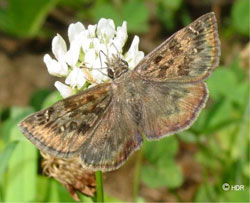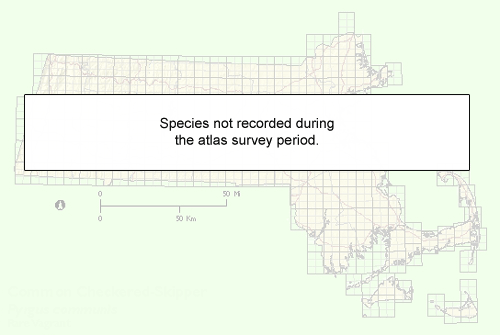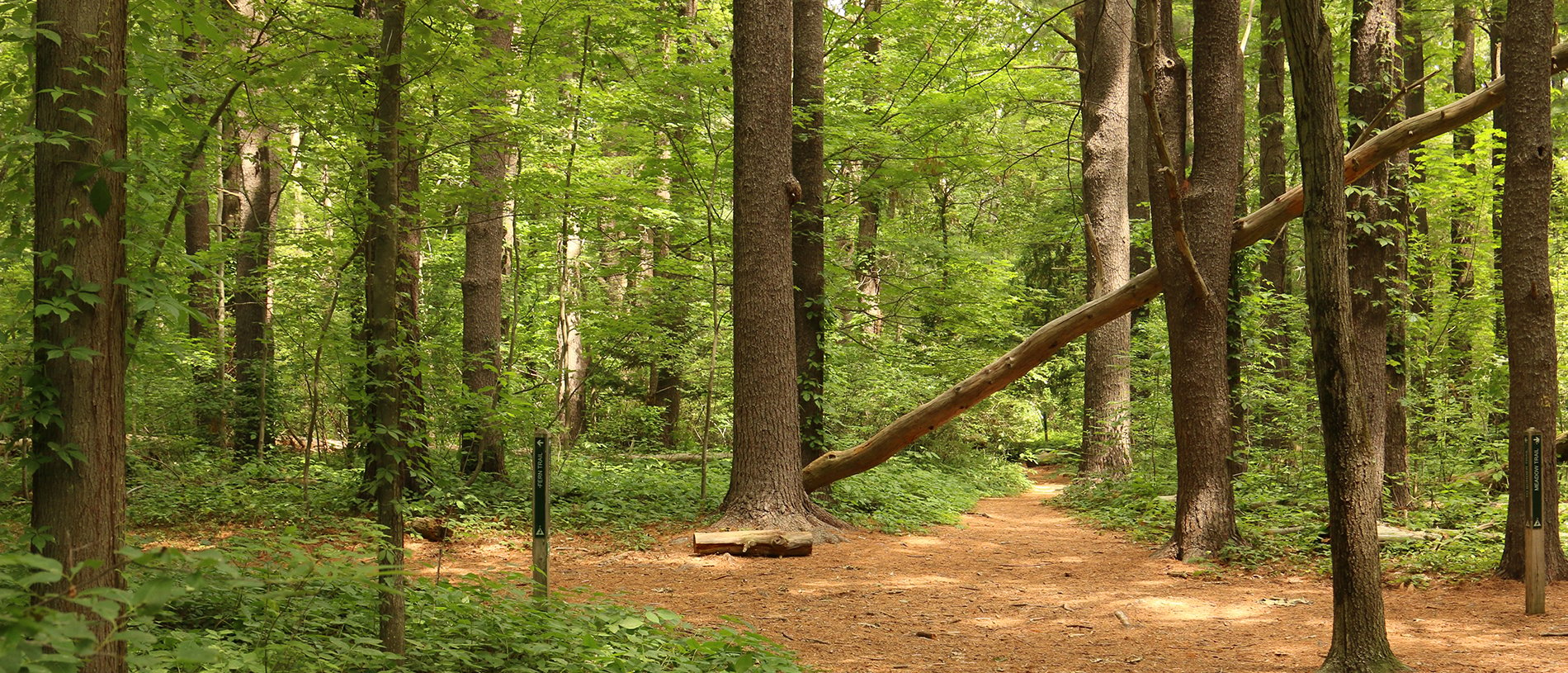Find a Butterfly
Mottled Duskywing
Erynnis martialis
Named
Scudder, 1869

Identification
Wingspan: 1 1/4 - 1 5/8". Somewhat smaller than Juvenal‘s and Horace‘s Duskywings. Males highly distinctive: the strong mottling on both fore and hind wings above and the (usually conspicuous) violet sheen are diagnostic characters. Larger size will usually distinguish Horace‘s females, which can be similarly mottled, but lack the violet tinge. Note also the sharply defined and narrow postmedian band on the hindwing above.
Distribution
Throughout most of the eastern United States from northwestern Minnesota to southern New England, south to Texas and Georgia; also disjunct populations in the West. Now extirpated from much of its former range with only a few colonies surviving in Pennsylvania (Nothingham/Goat Hill serpentine barrens in Chester County) and New York (Albany Pine Bush). In New England it once occurred north to southern New Hampshire, but is now extirpated.
Status in Massachusetts
Extirpated, as it is also in New Hampshire, Connecticut and probably New Jersey. The MCZ has five specimens collected from 1883 to 1891 from Blue Hills, Granby, Amherst and South Hadley, and as recently as 1925 from Berlin, Connecticut.

Flight Period in Massachusetts
Uncertain. Approximately mid-May to mid-June and mid-July into August in the Albany, New York area, so both broods may have been about a week later near Boston. It is apparently the last duskywing to appear in spring.
Larval Food Plants
In the Northeast, New Jersey Tea (Ceanothus americanus); other species of this genus are used elsewhere.
Adult Food sources
Dogbane and New Jersey Tea are preferred in summer in New York. Not recorded from New England.
Habitat
Most typically, prairie-like openings in pine barrens or oak savannas on sand plains, much less often dry ridge tops and other settings. Adults stay in the open and seldom enter woods. Always in places where the foodplant is common in patches scattered over several square miles. The Montague Plains (Franklin Co.) is the only place in Massachusetts that seems ideal for this species, but it has not been found there despite extensive searching starting in 1973. Old New England records suggest it was established in both the Merrimack and Connecticut River sand plains before the turn of the century.
Life Cycle
EGG: Yellow, probably becoming darker with age; a hemispherical dome with prominent vertical ribs. OVIPOSITION: Eggs are laid singly on flower stalks and elsewhere on the food plant. LARVA: Pale green, probably with darker back stripe and yellow side stripes and densely covered with tiny points and short fine hairs. Constructs the usual duskywing leaf roll secured with silk as a daytime retreat. CHRYSALIS: No information. PUPAL STAGE: After emergence from hibernation the caterpillar builds a new leaf roll cocoon in which to pupate. OVERWINTERING STAGE: Fully grown larva.
Adult males perch on projecting twigs, often of the foodplant.
Notes
Like many sand plain species, Mottled Dusky wing appears to be declining throughout much of its range.
Many published eastern records are believed by Schweitzer to be based on incorrectly determined specimens; however, those in Burns (1964) and Opler (1983) are reliable.
This account was contributed by Dr. Dale Schweitzer, Invertebrate Zoologist, Eastern Heritage Task force/The Nature Conservancy.



